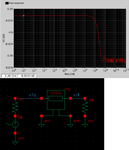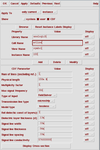ngox
Member level 2
I've been searching around for stripline model files for use in virtuoso, but I cannot find any good broadband ones. If anyone has any stripline model file that supports a maximally flat gain response up to 10GHz, it would be much appreciated. Dunno if this is the right section of the forum to post in.


